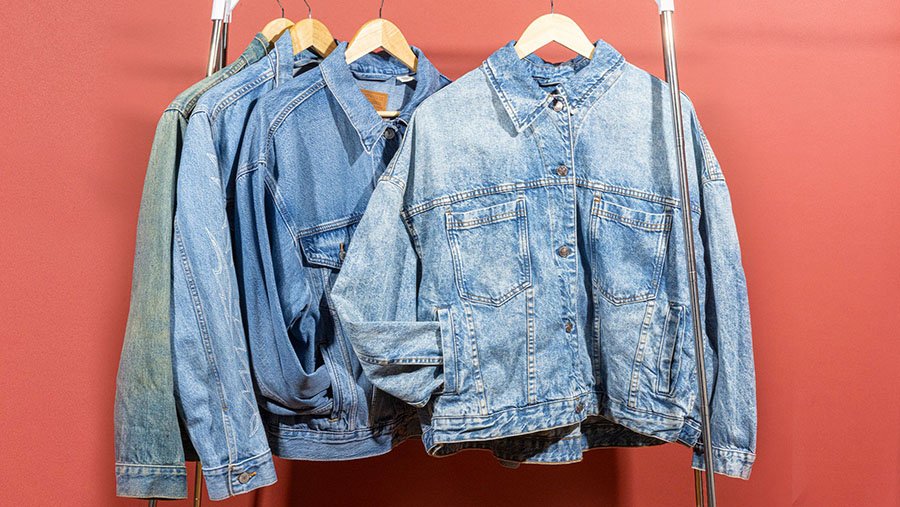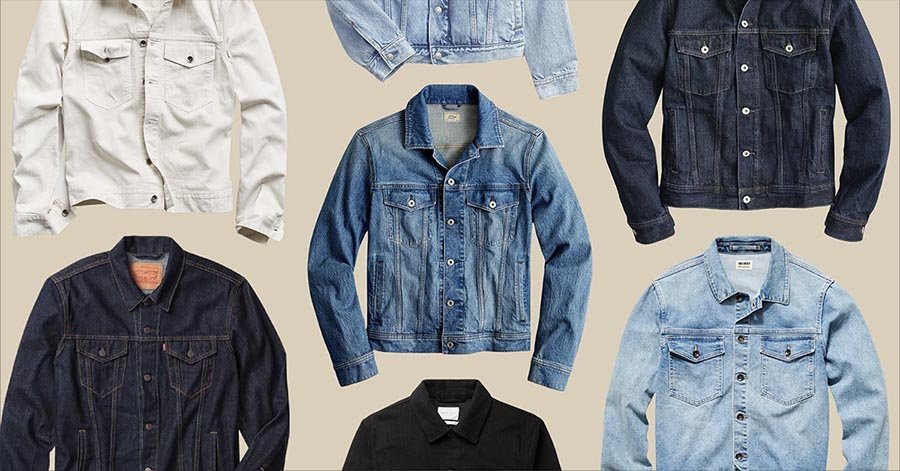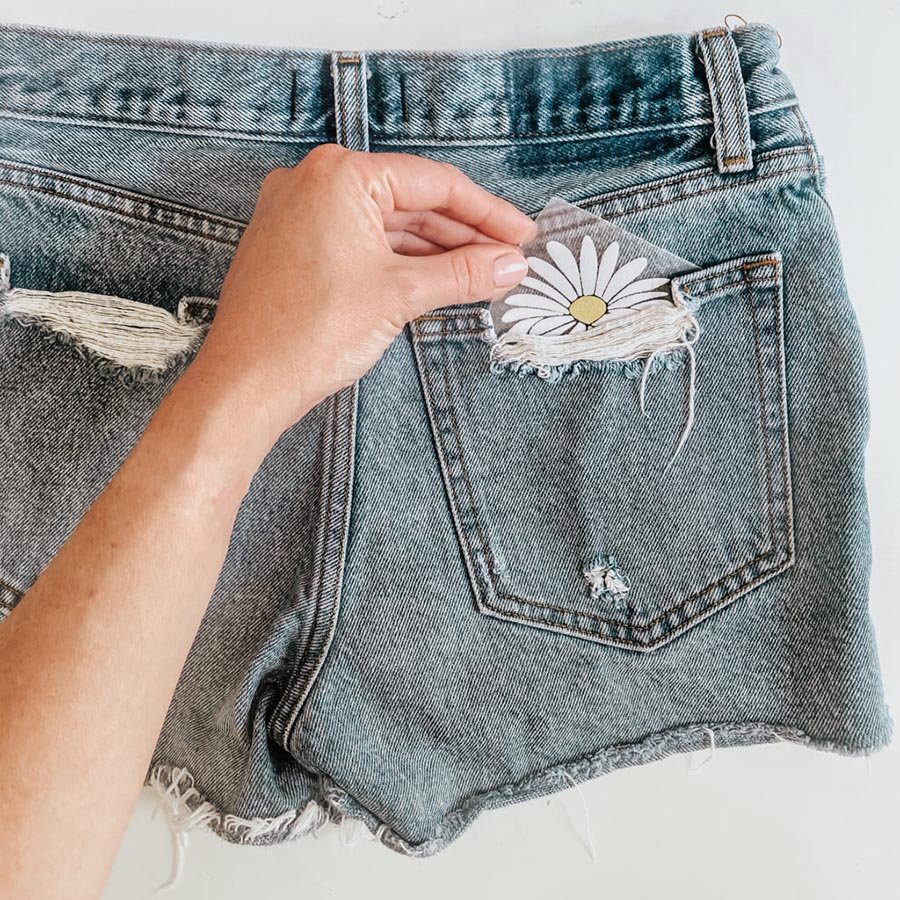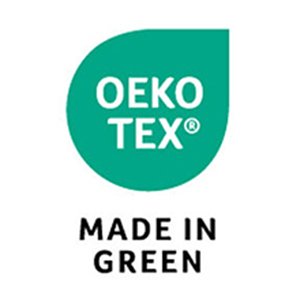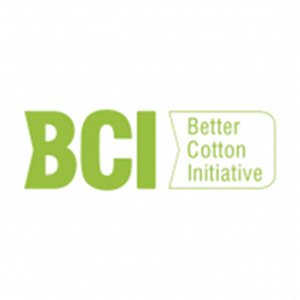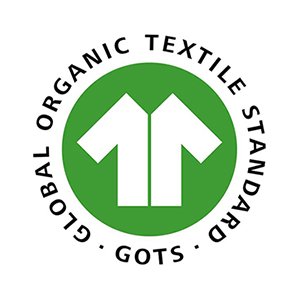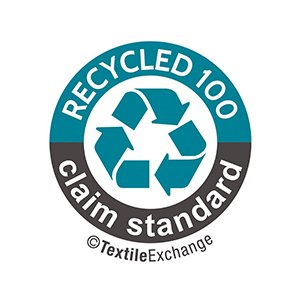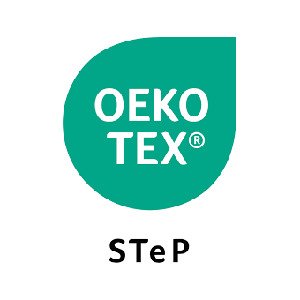When clients review denim samples, they often notice the rectangular brown piece stitched onto the waistband at the back of jeans.
Many ask: what exactly is it called, and what purpose does it serve?
At Jeanzio, we explain this detail clearly because it combines branding and functionality.
The brown tag on jeans is called a back patch or waistband patch. Traditionally made of leather, faux leather, or paper-based materials like Jacron, it displays the brand’s logo and reinforces the jeans’ heritage identity.
Understanding the back patch helps brands design denim that balances durability, style, and consumer recognition.
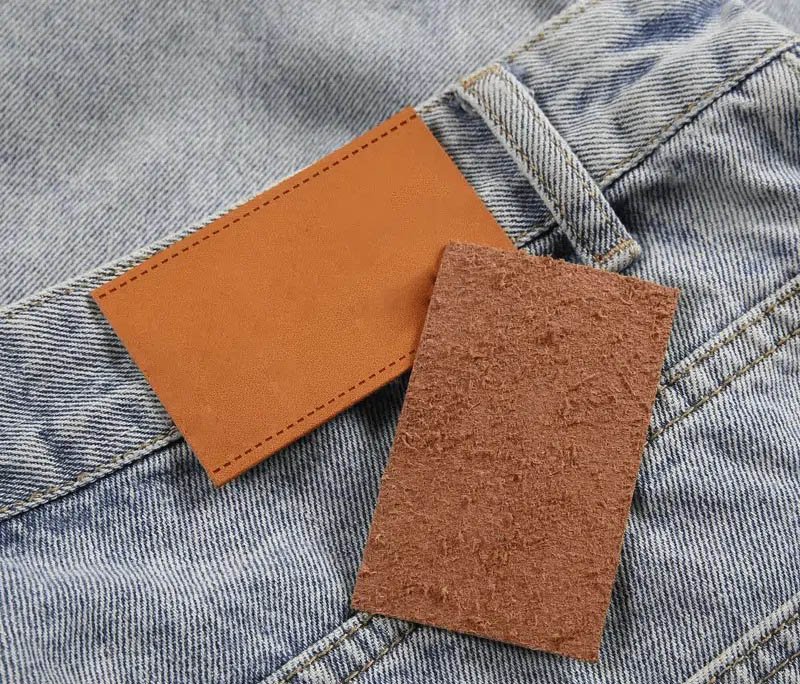
Why do jeans have a brown patch?
It started as branding and proof of authenticity.
The back patch was first introduced by Levi’s in the late 1800s to display their logo and symbolize strength. Over time, it became a universal feature of denim.
Roles of the Back Patch
- Displays the brand logo.
- Signals authenticity.
- Adds reinforcement at the waistband.
- Serves as a storytelling element.
Our Insight
At Jeanzio, we help clients customize back patches to reflect their market identity.

What materials are used for the back patch?
Different fabrics, different positioning.
While leather was once the default, today’s back patches can be made from various materials depending on branding and sustainability goals.
Common Patch Materials
| Material | Pros | Cons |
|---|---|---|
| Leather | Durable, premium look | Animal-based, higher cost |
| Faux Leather (PU) | Vegan-friendly, affordable | Less durable, less authentic |
| Jacron (paper) | Eco-friendly, customizable | Wears faster than leather |
| Cork/Recycled | Innovative, sustainable | Niche, less common |
Our Insight
We see strong demand for Jacron and recycled patches in eco-conscious markets.
Why is the patch usually brown?
Heritage defines the tone.
Brown became standard because natural leather and early paper substitutes were brown, and the contrast against indigo denim made it recognizable.
Color Associations
- Earthy, natural look.
- Strong contrast with blue denim.
- Historical tradition dating back to Levi’s.
Our Insight
Today, we also provide black, grey, or colored patches for clients seeking differentiation.
How do patches reinforce branding?
They are small but powerful.
The back patch is one of the most visible brand identifiers, often noticed before labels or pocket stitching.
Branding Benefits
- Instant recognition on shelves.
- Distinguishes authentic from generic jeans.
- Works as a canvas for storytelling.
Our Insight
We recommend custom embossing, debossing, or printing to maximize branding value.
How do global markets view back patches?
Preferences vary by region.

North America values leather patches for authenticity, while European markets increasingly prefer eco-friendly Jacron or cork alternatives.
Market Preferences
| Region | Preferred Patch Type |
|---|---|
| North America | Leather, heritage focus |
| Europe | Jacron, eco certifications |
| Asia-Pacific | Bold logos, diverse colors |
Our Insight
We adapt sourcing strategies to regional expectations and consumer behavior.
Why is durability important in back patches?
Not all patches age equally.
Low-quality patches may crack, peel, or fade, which harms brand perception.
Common Issues
- PU patches peeling after washes.
- Paper-based patches tearing too quickly.
- Stiff leather shrinking after exposure to heat.
Our Insight
At Jeanzio, we test patches through washing and wear simulations before approving bulk orders.
What are the risks of patch choices?
Material defines market perception.
Choosing the wrong patch type can send conflicting signals about a brand’s positioning.
Examples
- Cheap PU patch = low-cost impression.
- Genuine leather patch = heritage premium.
- Eco Jacron patch = sustainability-driven branding.
Our Insight
We advise clients to align patch materials with target demographics and pricing strategy.
What should clients consider when selecting back patches?
Patch choice is both a technical and marketing decision.
Client Checklist
- Define brand identity (heritage, eco, fashion-forward).
- Select patch material accordingly.
- Choose patch color to complement fabric washes.
- Confirm wash durability in sampling.
- Ensure patch branding aligns with target market.
At Jeanzio
We guide clients through patch development and bulk QC, ensuring branding remains consistent.
How does sustainability affect patch sourcing?
The eco shift is real.
Brands are increasingly switching to non-leather, recycled, and biodegradable materials for back patches.
Eco Alternatives
- Jacron (paper-based).
- Recycled polyester composites.
- Cork and plant-based leather.
Our Insight
We integrate eco-friendly patch sourcing to help clients meet certification requirements.
Conclusion
The brown tag on jeans is called a back patch or waistband patch.
Traditionally leather, it now comes in various materials like PU and Jacron, serving both branding and functional roles.
At Jeanzio, we help clients design patches that reflect their brand story, market positioning, and sustainability goals, ensuring jeans stay authentic and competitive in global markets.


